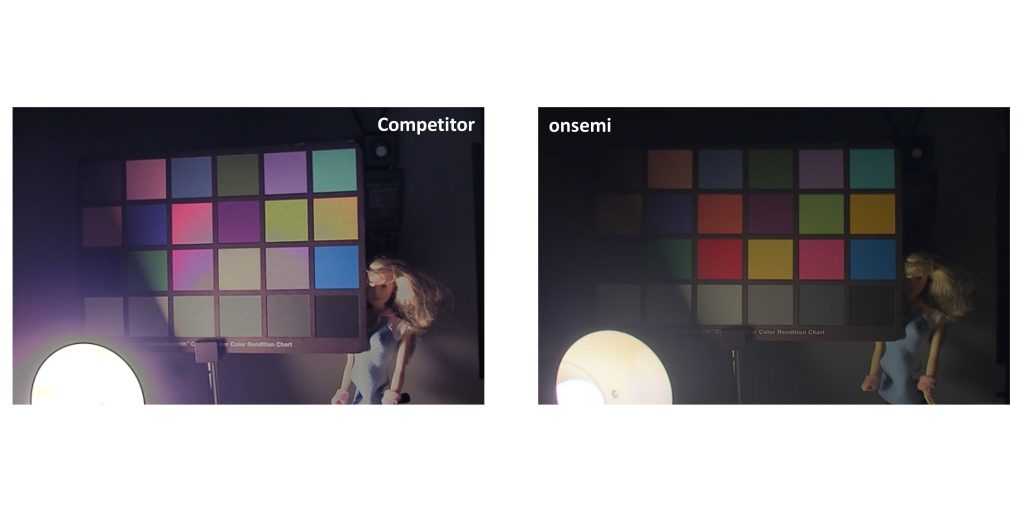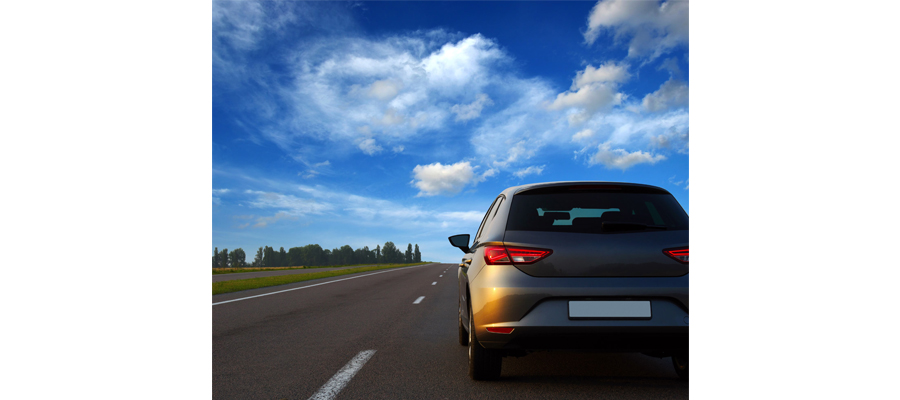While continuous advances in automotive technologies, including crash structures, airbags, brakes and tires, have helped to improve vehicle safety, our roads still present a risk. This risk is not constant either. Driving conditions, such as low light levels, significantly increase the danger of our roads, and just as these conditions challenge the drivers, they also test the sensors within a vehicle’s advanced driver assistance systems (ADAS). It is in these difficult nighttime and low-light environments where high performance automotive sensors are needed to ensure our safety.
It goes without saying that roads present a larger risk in low-light conditions. In the US, the IIHS found that during 2021 54% of road fatalities occurred in low light conditions between 6:00 pm and 6:00 am, despite fewer vehicles on the road during those hours. Similarly, the NHTSA has since stated that over 70% of pedestrian fatalities occur at night.
One of the major factors behind the increased danger of low-light driving is the limitations of human eyesight. Drivers often cannot perceive risks in dark conditions until it is too late, or they miss them entirely. Oncoming headlights only exacerbate the problem by dazzling drivers. Additional factors, such as drivers falling asleep and those under the influence of alcohol, further elevate the risks present. It is in these conditions where ADAS functions can help to reduce incidents, with the underlying sensors’ performance paramount to our safety.
Low light performance

At onsemi, understanding the intricacies of automotive applications is what drove the development of the AR0220AT. This 1.7 megapixel (MP) sensor was built from the ground up specifically for ADAS functions. Fundamental to the sensor’s performance is the advanced dual conversion gain (DCG) with its larger 4.2 µm pixel design. Many competing sensor manufacturers implement split pixel designs which use a small and large photodiode and can be prone to saturation issues, as well as introducing unwanted artifacts in low-light conditions.
With DCG technology, we use a larger pixel size, and the sensor can dynamically change the conversion gain of the pixels to alter the response based on the dynamic range of the scene. This technique allows for accurate images of high dynamic range (HDR) environments, as well as reducing flickering effects from pulsed light sources, such as car headlights and brake lights.
In night scenes, image noise and artifacts can mask hazards on the road or be wrongly interpreted as a hazard themselves. AR0220AT’s high sensitivity and low noise images provide an accurate representation of the road ahead, even in the darkest of conditions (Figure 1).
In typically challenging scenes, like sunrise or sunset, where there is low ambient light but a bright spotlight from the sun,

Additional design considerations
There are supplementary factors that are important to both the safety provided by the sensor and for car manufacturers looking to implement the technology effectively. The sensor uses an embedded hardware mechanism to monitor all images in real time, tagging every frame as either “good” or “potentially at fault”. This allows ADAS controllers to be absolutely sure that each frame is accurate, preventing incorrect images from triggering unwanted vehicle intervention, and allowing the systems to implement the correct actions.
For us at onsemi, the integrated ball-grid array (iBGA) packaging was the logical choice. iBGA provides a compact design while delivering increased thermal stability, compared to the chip-scale package (CSP) used by many competing solutions. Unlike CSP designs, iBGA is immune to warping at the harsh high temperatures seen in many automotive applications. The optimized design of the AR0220AT also reduces the operating power consumption to as low as 269 mW. This brings a lower running temperature, once again reducing the amount of sensor noise, and increasing low-light performance.

Summary
For automotive image sensors, reliability and image quality are vital, with performance in a wide range of conditions needed to ensure safety regardless of the road conditions. When designing a camera system to suit these demands, there are many characteristics to consider, but perhaps above all are the dynamic range and low light performance of the sensor. Manufacturers can rely on the high performance and ease of integration of AR0220AT to deliver higher levels of safety and autonomy for ADAS systems.

Sr. Manager, Automotive Sensing
Technology and Product Strategy
Onsemi






